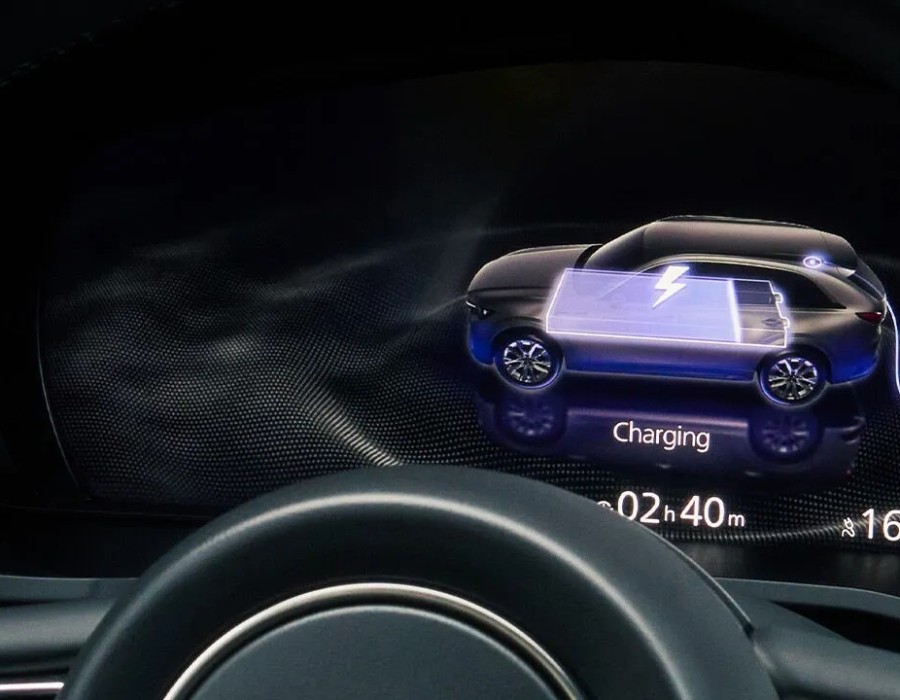Introduction
As a professional EV charger manufacturer in China, Topper Company provides reliable electric vehicle charging station equipment and comprehensive charging solutions.Electric vehicles (EVs) are at the forefront of the global transition to sustainable transportation.
Despite their growing popularity, many potential and current EV owners worry about range anxiety—the fear of running out of battery power before reaching a destination or a charging station. While EVs traditionally offered shorter driving ranges than gasoline-powered cars, modern battery electric vehicles (BEVs) have made remarkable progress. According to the U.S. Department of Energy, most current EVs can travel at least 100 miles on a single charge, with some newer models exceeding 500 miles.
To put this into perspective, the average American drives about 35 miles daily, meaning even mid-range EVs easily cover everyday needs. For longer trips, EV drivers must plan charging stops carefully. Fortunately, public charging infrastructure is expanding rapidly; for example, public charging ports increased by 4% in the first quarter of 2023, supported by substantial government investments. Yet, despite these improvements, range anxiety remains a psychological hurdle for many drivers. This article explores range anxiety, factors affecting EV range, and practical tips to help drivers feel more confident on the road.
What Is Range Anxiety?
Range anxiety is the concern that an EV will deplete its battery before reaching its destination or a charging station. It’s similar to the unease gasoline drivers feel when their fuel gauge nears empty on a long, isolated road. For EV drivers, this worry is heightened by the perception that charging stations are less common and charging times longer than refueling a gasoline car.
Sometimes, range anxiety leads to charge anxiety—stress about whether a charging station is available, functioning, or fast enough. Imagine arriving at a station only to find all chargers in use, broken, or slow. Such scenarios disrupt travel plans and add stress, especially when time is tight.
Factors That Impact an EV’s Range
Understanding what influences an EV’s range can help ease range anxiety. Key factors include:
- Battery Capacity: Larger, more efficient batteries offer longer ranges but add weight and cost.
- Driving Habits: Aggressive acceleration and high speeds reduce range; smooth driving conserves energy.
- Weather Conditions: Extreme cold or heat lowers battery efficiency—cold weather can reduce range by up to 40% due to heating needs.
- Terrain: Hills and mountains drain batteries faster than flat roads.
- Vehicle Load: Heavy cargo or towing increases energy consumption.
- Accessory Use: Air conditioning, heating, and entertainment systems draw battery power, slightly reducing range.
By recognizing these influences, drivers can adjust their habits to maximize range.
Tips to Maximize EV Range and Reduce Range Anxiety
- Explore Different EV Types:
- Plug-in Hybrid Electric Vehicles (PHEVs) combine electric motors with gasoline engines, allowing seamless switching when the battery runs low. PHEVs are ideal for those frequently driving long distances or in areas with limited charging.
- Install a Home Charging System:
- A Level 2 charger (240V) can fully charge most EVs overnight, much faster than a standard Level 1 charger (120V). Professional installation ensures safety. Pairing this with solar panels further lowers energy costs and environmental impact.
- Maintain Your EV Properly:
- Keep tires inflated to the correct pressure, as underinflated tires waste energy. Regularly check the battery cooling system and update vehicle software to optimize performance.
- Plan Ahead for Long Trips:
- Use apps and built-in navigation to locate and reserve charging stations en route. For very long trips or sparse infrastructure, consider renting a gasoline car or a PHEV for peace of mind.
- Drive Efficiently:
- Avoid rapid acceleration and hard braking; use regenerative braking to recover energy. Lower highway speeds reduce aerodynamic drag and extend range.
- Leverage Public Charging Networks:
- Use charging network apps to find available chargers, monitor status, and compare prices to plan charging stops efficiently.
- Understand Your EV’s Capabilities:
- Learn how your vehicle performs under different conditions—weather, accessory use, driving style—to better anticipate range and plan accordingly.
Conclusion
Range anxiety is a common but manageable concern for EV owners. Advances in battery technology, expanding charging infrastructure, and smart driving habits make it easier than ever to enjoy electric vehicle ownership without fear of running out of power. Whether by choosing the right type of EV, installing home chargers, maintaining your vehicle, or planning routes carefully, you can confidently embrace a cleaner, greener future on the road.Know more about Google SEO Directory





Comments